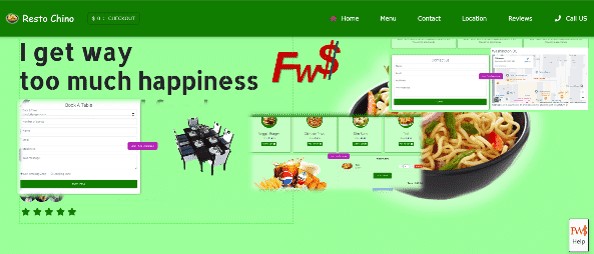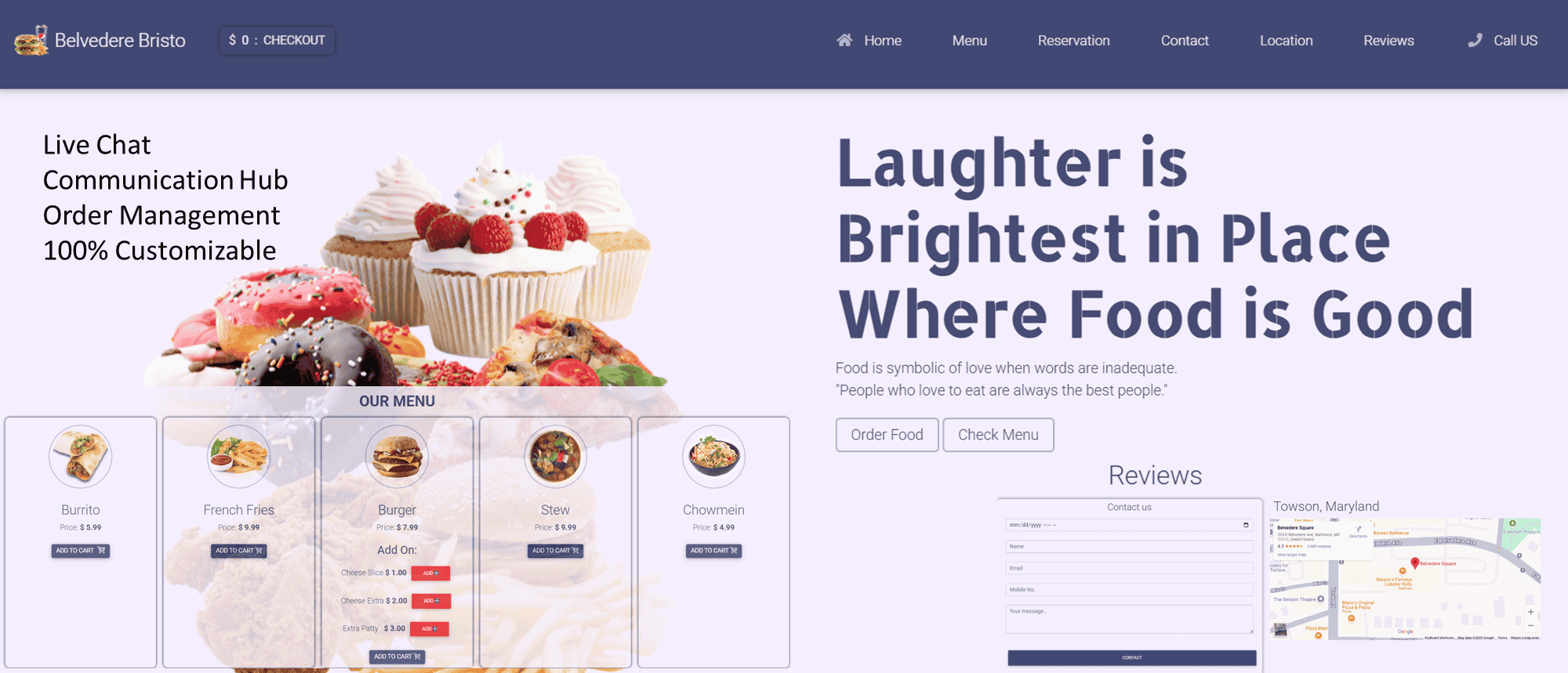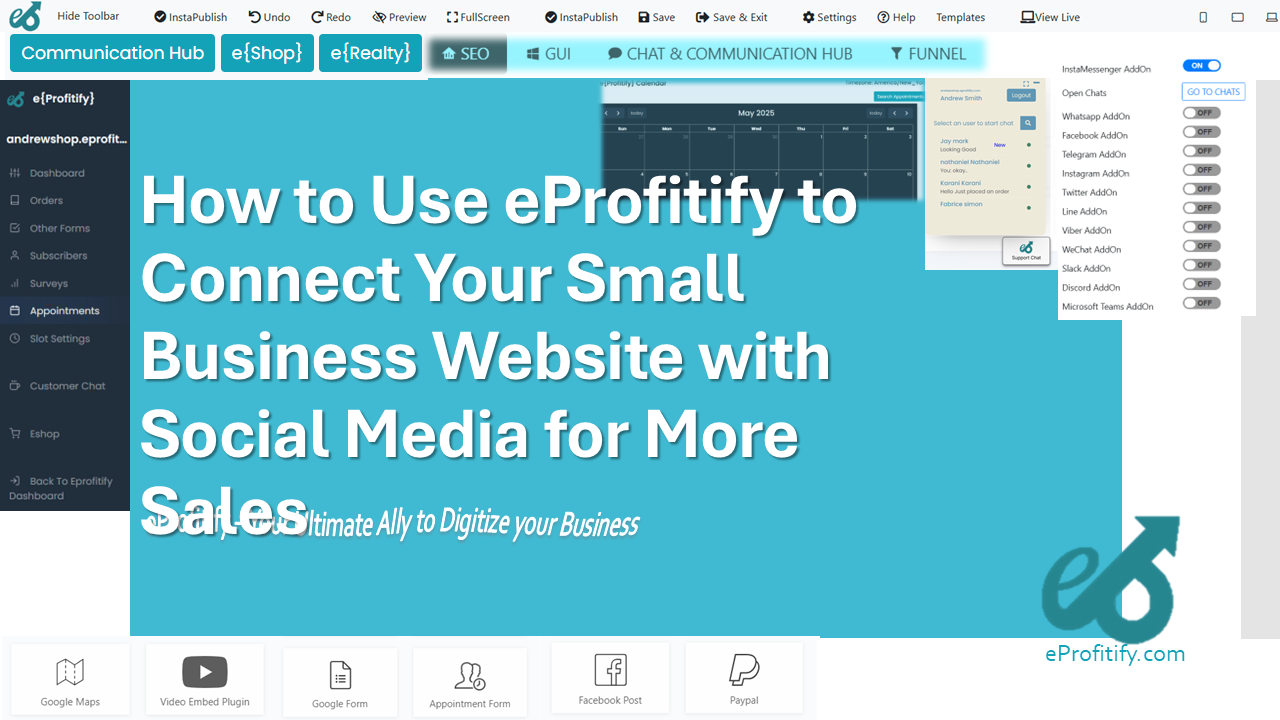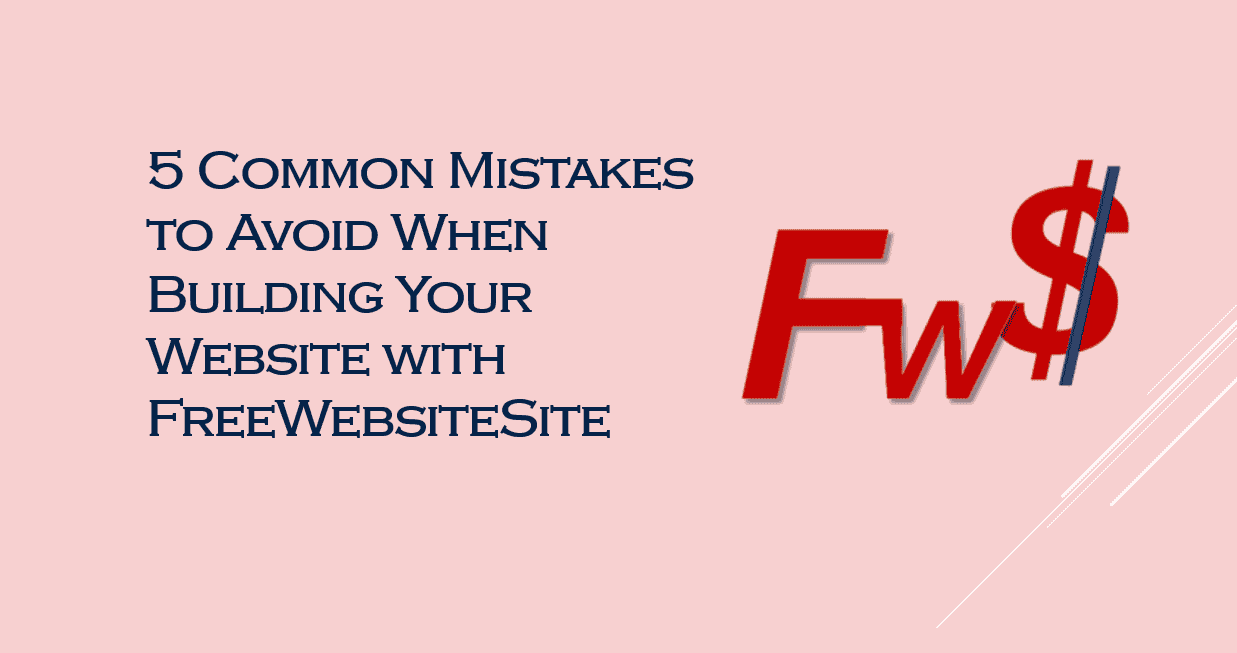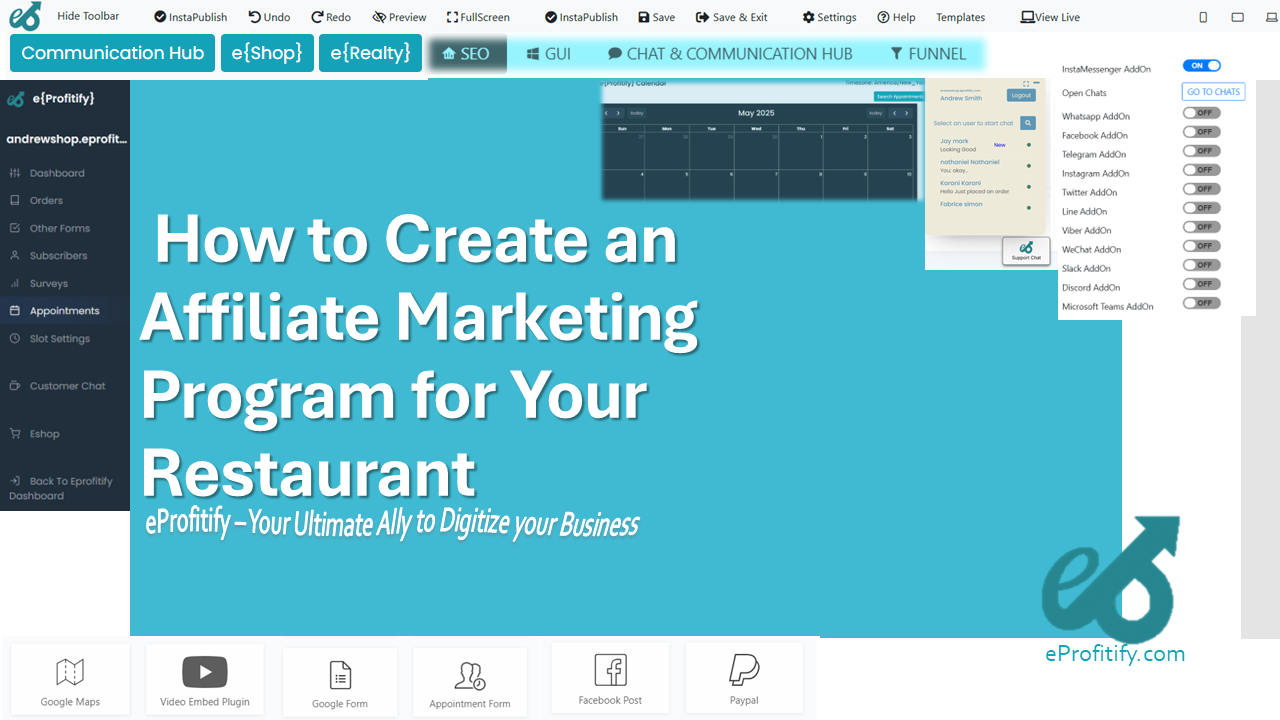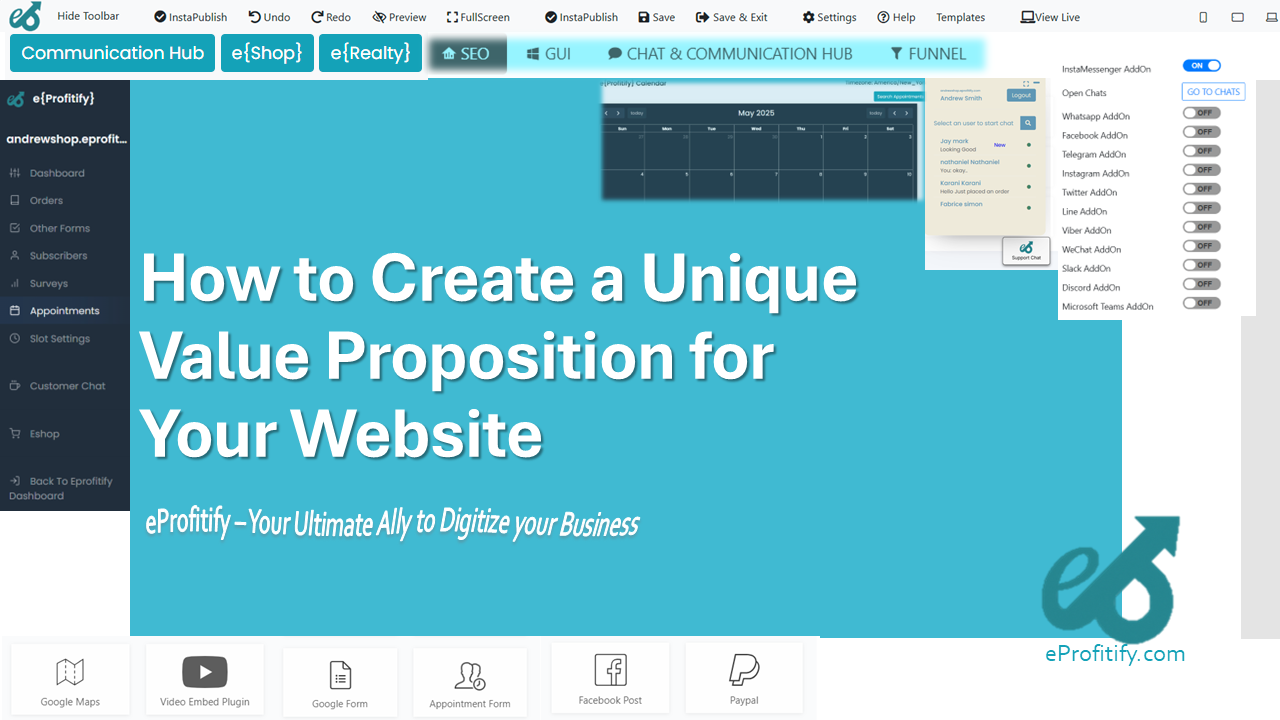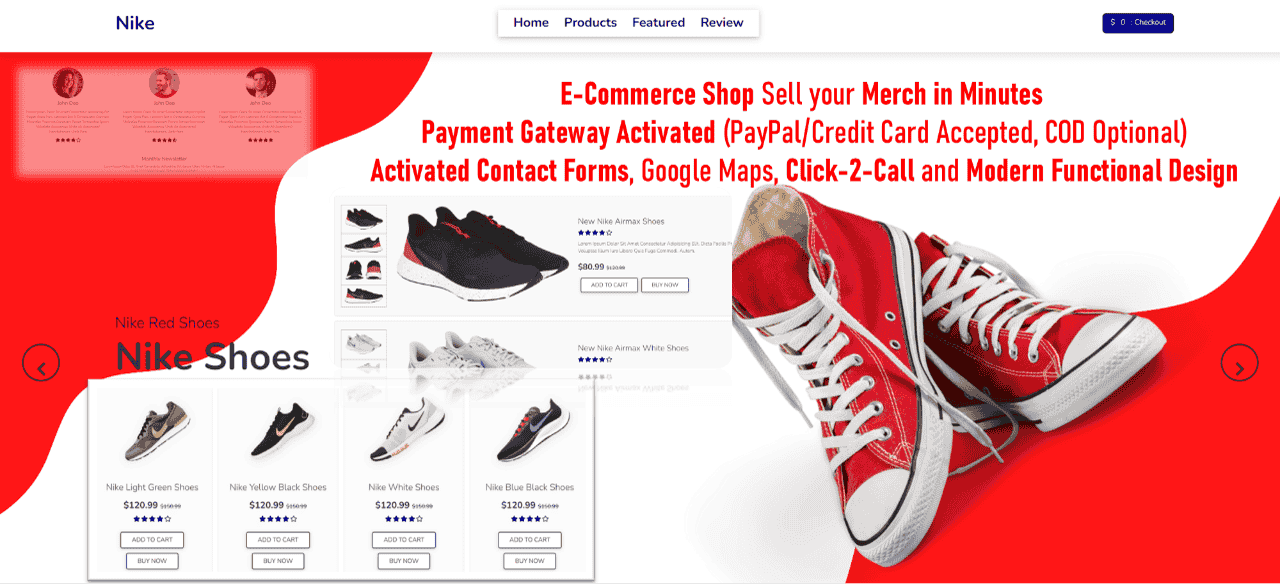How to Implement Lead Capture Forms on Your Website
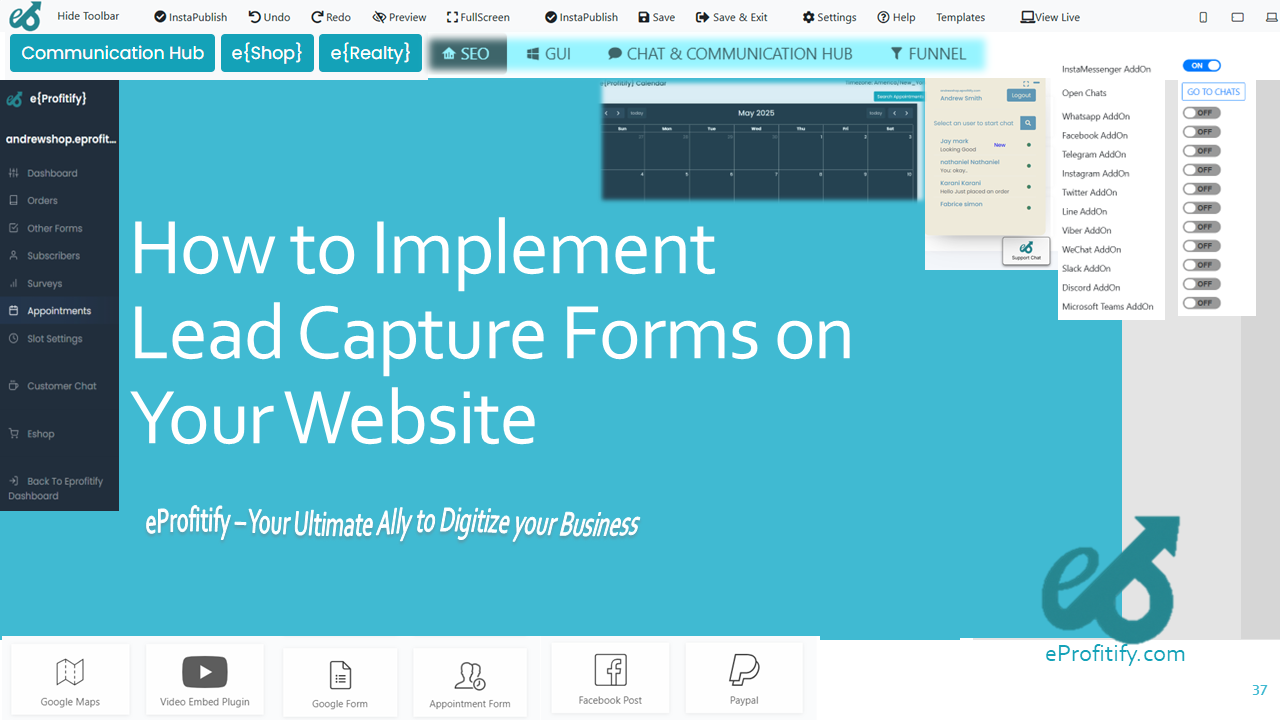
How to Implement Lead Capture Forms on Your Website
In today’s digital landscape, lead capture forms are the backbone of effective marketing strategies. They serve as gateways to converting casual website visitors into potential customers by collecting vital contact information. With 68% of businesses identifying lead generation as their top marketing challenge (HubSpot), optimizing your lead capture process is non-negotiable. This guide breaks down actionable steps to implement high-converting lead capture forms and highlights how tools like Eprofitify, a leading website publishing and management platform, streamline this process with features like CRM, instant messaging, and automation.
Why Lead Capture Forms Matter
Lead capture forms enable businesses to:
- Grow their email lists.
- Segment audiences for personalized campaigns.
- Nurture leads into paying customers.
Key Statistics:
- Websites with lead capture forms convert 3x more leads than those without (Unbounce).
- Personalized CTAs (e.g., "Get Your Free Ebook") outperform generic ones by 42% (HubSpot).
- Landing pages with forms generate 220% more leads than standard websites (MarketingSherpa).
Step 1: Choose the Right Form Type
Select a form format that aligns with your goals and audience behavior:
-
Inline Forms: Embedded directly into web pages.
- Best for newsletter signups or resource downloads.
- Converts 25% higher when placed above the fold (NNGroup).
-
Pop-Ups/Pop-Overs: Appear based on user activity (e.g., exit-intent or timed triggers).
- Exit-intent pop-ups recover 10–15% of abandoning visitors (OptinMonster).
-
Multi-Step Forms: Break long forms into stages.
- Reduce friction, increasing completion rates by 20% (Formstack).
Pro Tip: Use Eprofitify’s drag-and-drop builder to create responsive, visually appealing forms without coding. Its AI-driven templates adapt to your branding and user preferences.
Step 2: Strategically Place Your Forms
Location impacts visibility and conversions:
- Homepage: 70% of small business websites place lead forms here. Highlight your value proposition nearby.
- Landing Pages: Dedicated pages with targeted offers (e.g., free trials) convert 3x better than generic pages (WordStream).
- Blogs: Place inline forms at the end of posts to capture engaged readers.
- Ecommerce Pages: Use forms for price alerts, back-in-stock notifications, or VIP discounts.
Eprofitify Integration: The platform’s analytics dashboard identifies high-traffic pages, helping you deploy forms where they’ll make the most impact.
Step 3: Design for Conversion
Best Practices for Form Design
-
Fewer Fields = Higher Conversions
- Limit forms to 3–5 fields. Forms with 3 fields see a 20% higher completion rate (HubSpot).
- Only ask for essential info (e.g., name, email).
-
Strong CTAs
- Use action-oriented language: “Download Now” or “Unlock Access.”
- Color contrast matters—red and green buttons boost clicks by 21% (Nielsen Norman Group).
-
Mobile Optimization
- 60% of web traffic comes from mobile devices (Statista). Ensure forms auto-adjust to screen sizes.
-
Social Proof & Trust Signals
- Add privacy policies and testimonials. Including “We don’t spam” increases submissions by 15%.
Eprofitify Advantage: Its forms feature built-in compliance tools (GDPR, CCPA) and mobile-responsive designs to build trust and accessibility.
Step 4: Integrate with Automation & CRM
Automating follow-ups ensures no lead falls through the cracks:
- Auto-Responders: Send instant confirmation emails with promised resources.
- CRM Syncing: Sync form data to categorize leads and trigger workflows.
- Businesses using CRM see 29% higher revenue (SuperOffice).
Eprofitify’s Unified Platform combines form builders with CRM, instant messaging, and email marketing. For example, when a user submits a form, Eprofitify can:
- Assign the lead to a sales rep via CRM.
- Send a WhatsApp message via its instant messaging tool.
- Schedule consultations using its appointment management system.
Step 5: Test and Optimize
A/B test elements like:
- Headlines and CTAs
- Field count and order
- Color schemes
- Pop-up timing
Companies that A/B test forms see 30–40% more leads (Invesp).
Eprofitify’s analytics track metrics like bounce rates and conversions, so you can refine form performance continually.
Why Choose Eprofitify for Lead Capture?
Eprofitify stands out as an all-in-one solution for managing lead generation and beyond:
- Drag-and-Drop Form Builder: Intuitive tools for creating branded forms.
- CRM Integration: Automatically segment and nurture leads.
- Instant Messaging: Engage prospects in real-time via WhatsApp or SMS.
- Ecommerce Tools: Convert leads into customers with integrated product listings and payment gateways.
- Appointment Management: Sync form submissions with booking calendars.
Key Stat: Businesses using all-in-one platforms like Eprofitify reduce operational costs by 35% while boosting lead quality (Gartner).
Conclusion
Implementing lead capture forms is critical for bridging the gap between visitors and customers. By focusing on strategic placement, concise design, automation, and continuous optimization, businesses can turn their websites into lead-generating engines. Platforms like Eprofitify elevate this process by consolidating form creation, CRM, messaging, and analytics into a single ecosystem, empowering teams to scale efficiently.
Start leveraging these strategies today—your next high-value lead is just one form away.
